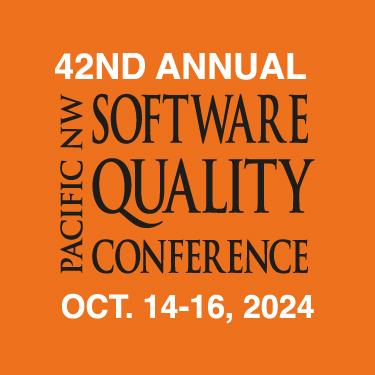Moss Drake
Four Trends Showcase The Challenges And Opportunities.
A guest post from Bridget Hughes, of mabl software.
Two decades ago, the Agile Methodology was introduced to the world – forever changing how software development was approached and demanding that software testing be an integral part of the entire development process, which necessitated collaboration and supportive work communities. Fast forward to 2022: how far have we come since agile first appeared? Given the unique times we live in, what are the challenges and opportunities for software development teams in a world where customers expect flawless digital experiences?
The mabl 2021 Testing in DevOps Report, which includes responses from over 600 QA and DevOps professionals, showed that despite the adoption of more modern processes and technologies such as CI/CD, test automation, AI, and cloud, there are still challenges for today’s QA and DevOps teams. But there have also been considerable gains.
Below are four key trends we found in the report.
Becoming Fully DevOps is Still a Work in Progress:
Today the term “fully DevOps” refers to a combination of cultural practices and automation tools designed to increase an organization's ability to deliver applications and services at high velocity (and quality). Traditionally, development and operations teams have always been treated as separate entities, but the DevOps movement aims to solve this problem by making it easier for teams to collaborate on code as it moves through a partially or largely automated pipeline.
We found that 28% of participants indicated they are making strides towards DevOps adoption, with one-in-four participants aspiring to adopt DevOps, but still relying on siloed workflows and manual deployments to put updates into production. Only 11% of respondents reported that they were running full DevOps with complete, or nearly complete, automation implemented in their development pipeline.
Unsurprisingly, roadblocks remain in the way of full DevOps adoption, but a whopping 82% of survey respondents named non-technological issues as the main inhibitor to DevOps. Instead, most organizations are grappling with slow processes, budget woes, and a reluctance to change.
Shift in CI/CD Adoption Signals Changing DevOps Priorities
The pandemic further accelerated the transition to CI/CD and the report found that 60% have adopted continuous integration with another 33% transitioning, an increase of 10% compared to what the data revealed in the 2020 Testing in DevOps report. Respondents said they’re in transition to Continuous Delivery (38%), while nearly the same percentage have already adopted it.
Most notably, CI implementation was strongly correlated with DevOps adoption, as the overwhelming majority of fully or nearly DevOps organizations (68%) indicated that they have implemented continuous integration. The rise in teams transitioning to CI aligns with a focus on software quality and automation since CI is central to delivering quality in DevOps.
Collaboration on Both Manual and Automated Testing is Critical to Quality
The most effective testing strategies include both manual and automated testing. This pattern held true, even for fully DevOps teams. Even when there is high confidence in automation, the data revealed that bugs are still caught through manual testing even in mature DevOps teams.
While QA teams may employ a variety of testing methods, collaboration surfaced as a critical success factor for teams shipping high-quality applications. We found that as teams introduced more automation into their pipelines, bugs were caught much earlier in development. In fact, when teams identify bugs earlier, they were able to address them faster too – 62% of DevOps teams reported that they are able to fix bugs within eight hours.
Quality Differentiates DevOps Teams – 50% Striving for a Culture of Quality
The advantage of DevOps: better software quality – which ultimately translates to happier customers. Today’s QA and DevOps pros strive for a culture of quality as part of their quality engineering (QE) practice, which provides a framework for collaborative and continuous testing environments. As such, over 50% of fully DevOps teams said that they have a culture of quality, testing early and often throughout development. A large majority of teams that are full DevOps have shared that their customers would rate their application as either “amazing” or “pretty good.
Looking ahead, what are the key challenges and opportunities for software testing in 2022? Curious to see how these trends have changed in the past year as well as make your opinion known? Participate in the 2022 Testing in DevOps Survey, and get access to the final results.
